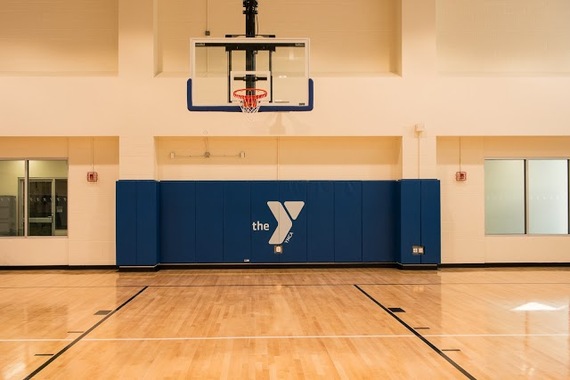Non-profits often use one of two strategies when planning fundraising approaches for the upcoming year: determine how much they want to spend, and how much they need to raise to achieve that figure; or, examine what they raised in the year just past, and use that as a basis for determining next year's figure.
While these widely used techniques, non-profits often shortchange themselves by focusing too much on past fundraising performance and meeting specific figures in the future. Organizations would be wise instead to take stock of their current resources and the universe of possible givers and donors, and develop a strategy aimed at building capacity to reach its highest possible level of giving.
Honesty is the best policy when appraising your organization's fundraising ability. It is important for non-profits to take a self-inventory that results in a wholly accurate assessment of current resources and their capacity to build on them. Clearly knowing where you stand is a powerful tool -- it allows non-profits to craft strategies that make the most sense here and now, instead of striving toward figures that are no longer relevant.
With a solid grasp of the tools they can deploy, philanthropic groups are then well-positioned to formulate an approach that goes beyond the half- or one-year increment typical in the industry. Limiting an organization's fundraising scope to just the next year constrains its ability to think boldly for long-term and reach its fullest potential.
Granted, for smaller entities that must be extremely cognizant of their funding levels at all times in order to maintain their good works, looking beyond the half- or one-year horizon may be a luxury they cannot afford to contemplate. Some non-profits can do some digging to find out how their peers are able to go beyond just making ends meet: They can look at the annual reports of successful groups to see where the donors are coming from, explore possible partnerships, and perhaps adopt strategies used by successful fundraisers in the same space.
With this thorough understanding of what it is, and more importantly -- what it can be, a non-profit can take on fundraising efforts in a new direction for fulfilling potential and not just current budget needs. Key to this approach is constantly building volunteer structure at all levels, from the board to the development committee to community volunteers.
With advocates that have a wide range of influence and reach, philanthropic organizations can tap existing and new sources of support with optimal success. At the YMCA of Greater New York, we're dedicated to meeting donors on their terms by gauging their interest level and making realistic requests. We believe that someone's interest in what we do is the ultimate gift, and a core component of building our capacity to meet our fundraising potential.
A non-profit's advocates are the lifeblood of its fundraising efforts. Currently, the YMCA has a 45-person committee dedicated to help raise gifts in the $1,000+ range. We've built this committee with the long-view in mind -- it took two-and-a-half years to reach its current form, and we are working to expand it to 100 people over the next few years.
When driving toward funding goals, it's essential to tout your objectives and progress to current advocates and potential new ones. Everyone likes a winner -- and hearing that a non-profit is on track to meet its financial goals can encourage supporters to maintain or increase their buy-in, and spark new givers to get involved. While organizations should communicate this information in an aspirational and inspirational way, they must be as honest and up-front as possible, and not sugar-coat results that weren't exactly planned and risk losing credibility in the eyes of supporters.
There will, almost inevitably, be speed bumps along the road to meeting your fundraising goals. Even missteps, however, can help a non-profit tweak its strategy so that it can more effectively stay focused on bigger longer term objectives. If it falls short of a certain target, rather than reexamine its goals, organizations should reassess their capacity to meet their potential. With a sound, long-term looking strategy in place, seemingly unreachable fundraising levels can be met through adaptation and perseverance.
In the ever-growing and evolving philanthropic landscape, non-profits must stay nimble and adjustable to build the strongest possible capacity to meet their potential. With an unwavering eye on what they have accomplished in the present, and what they can achieve in the future, organizations can elevate their fundraising efforts even higher.
